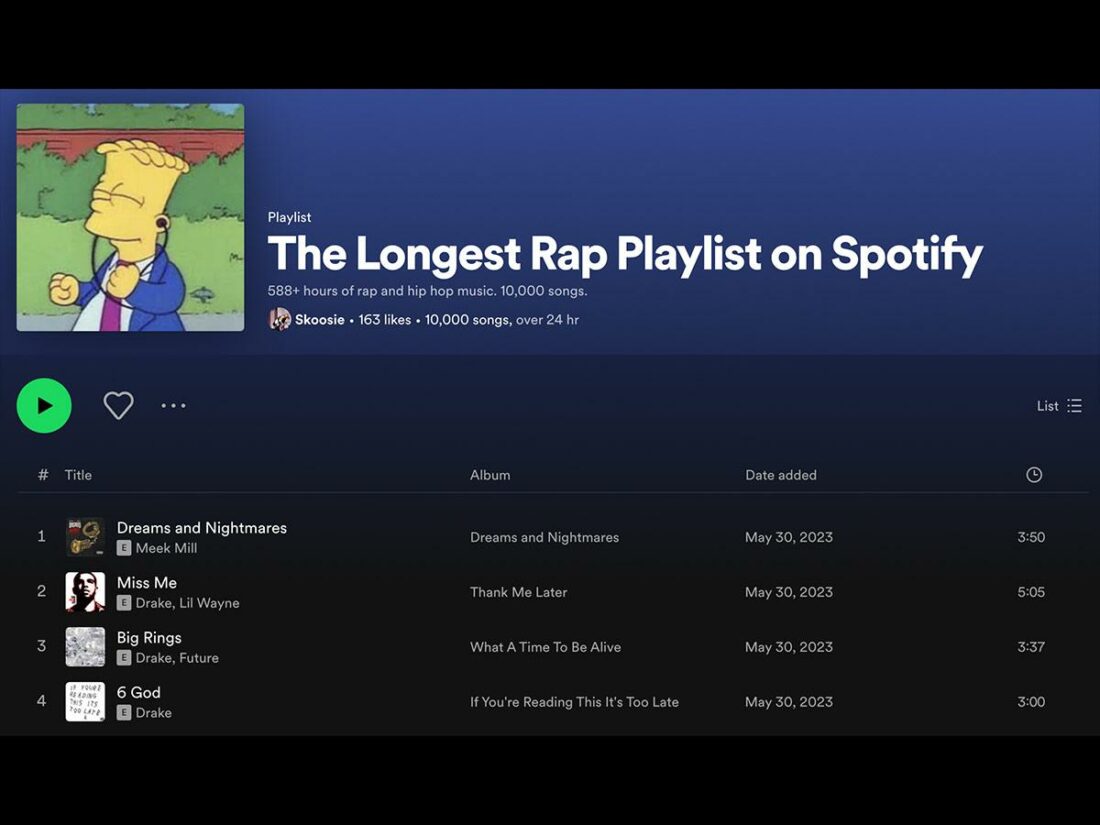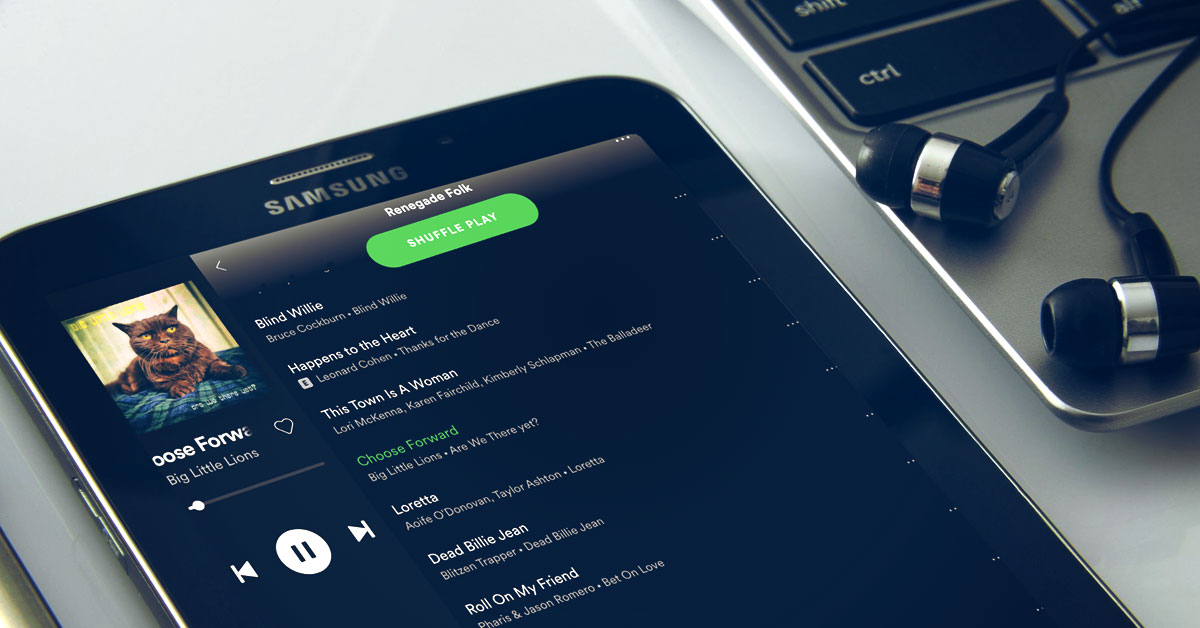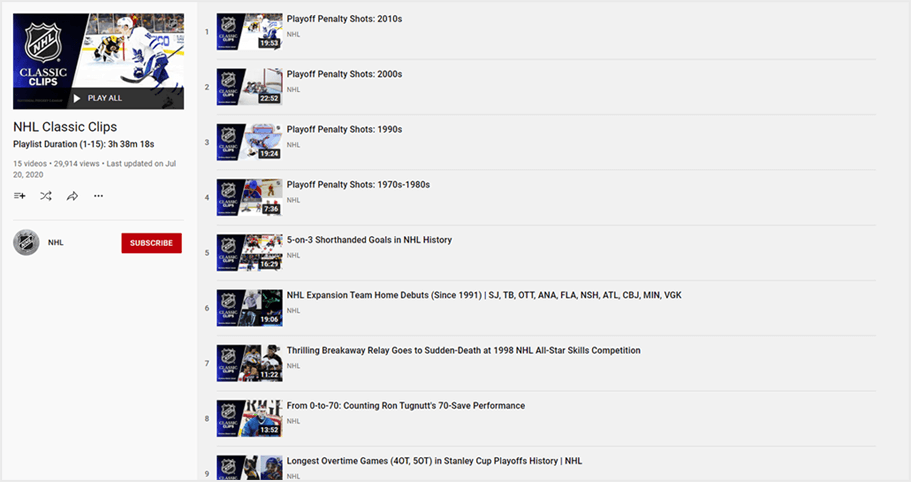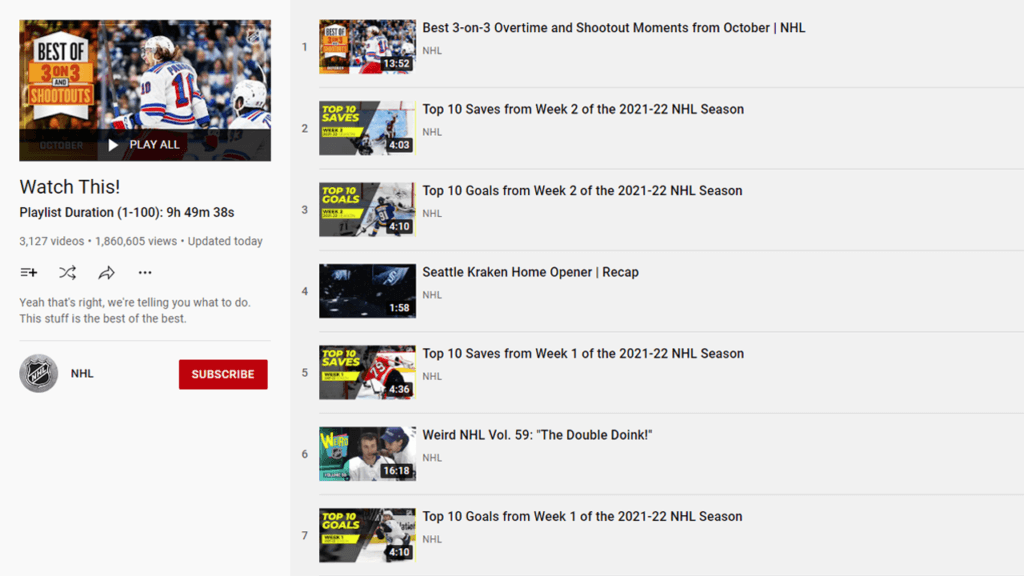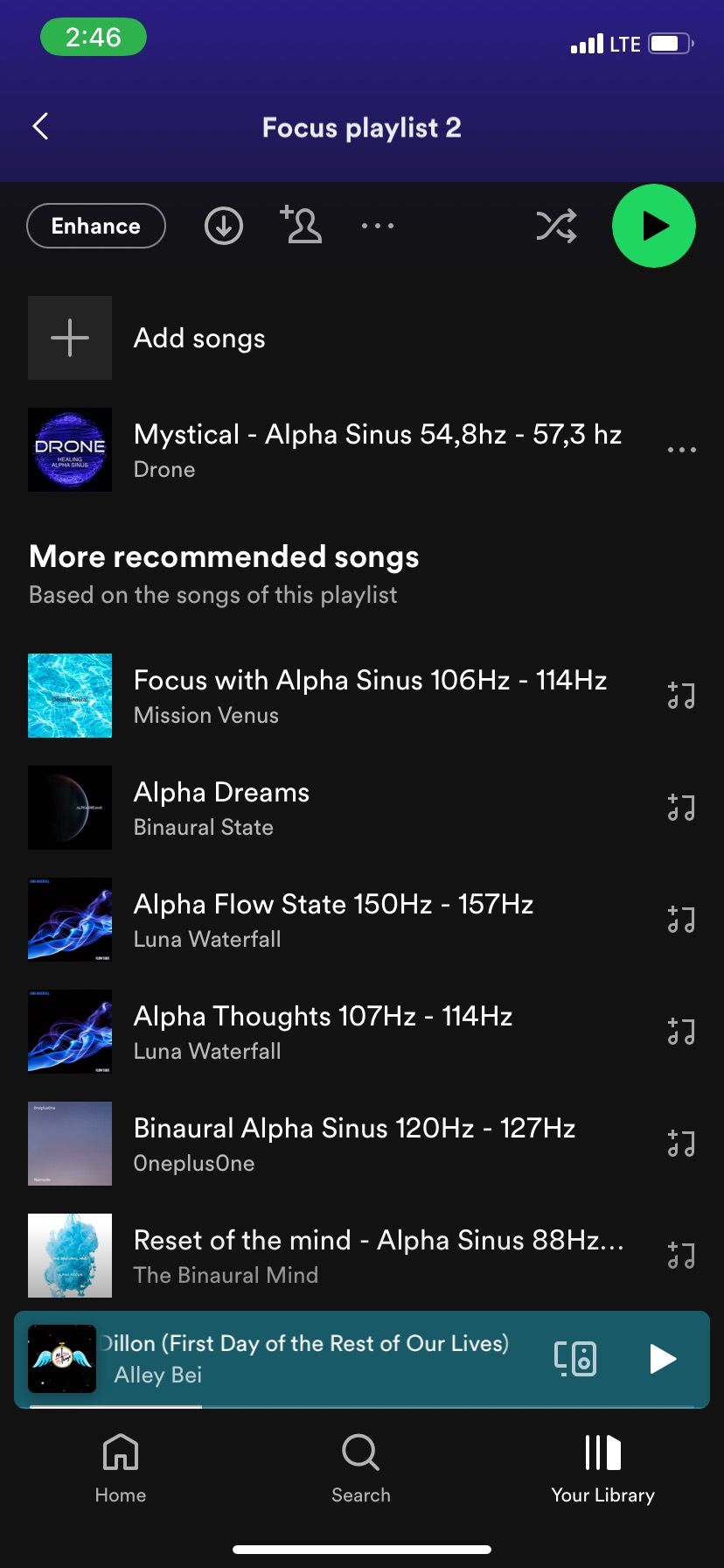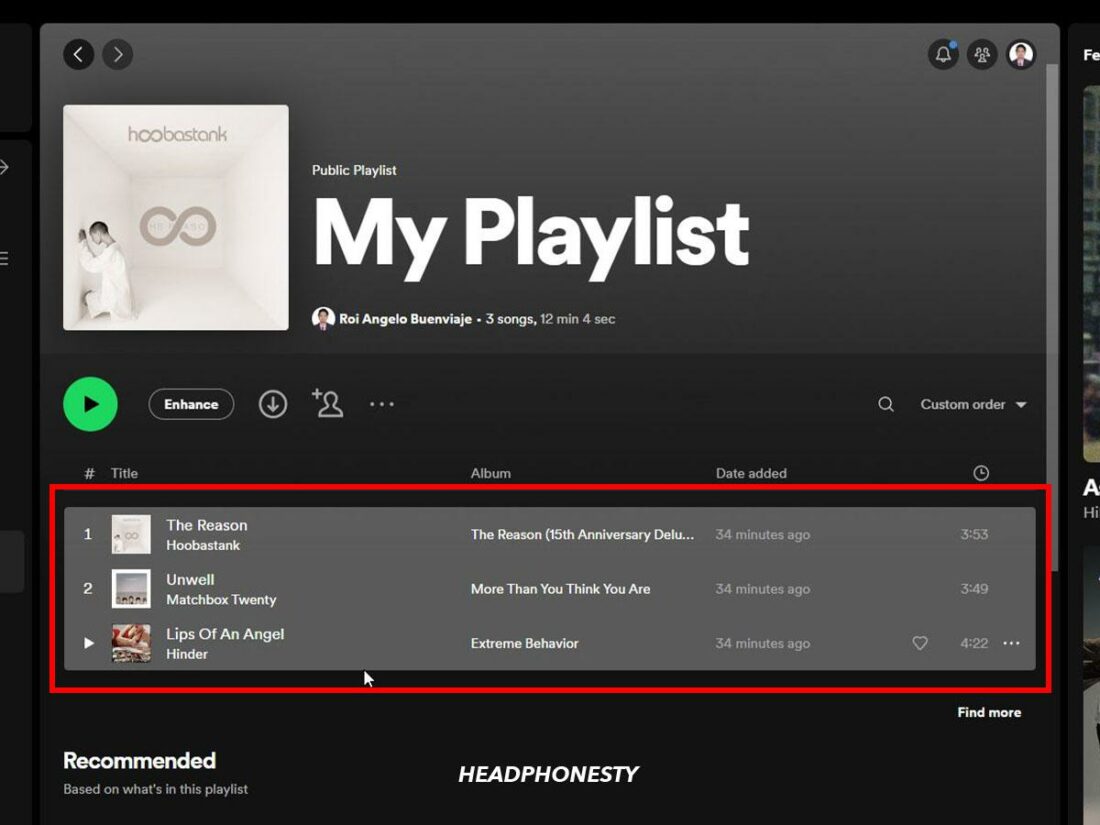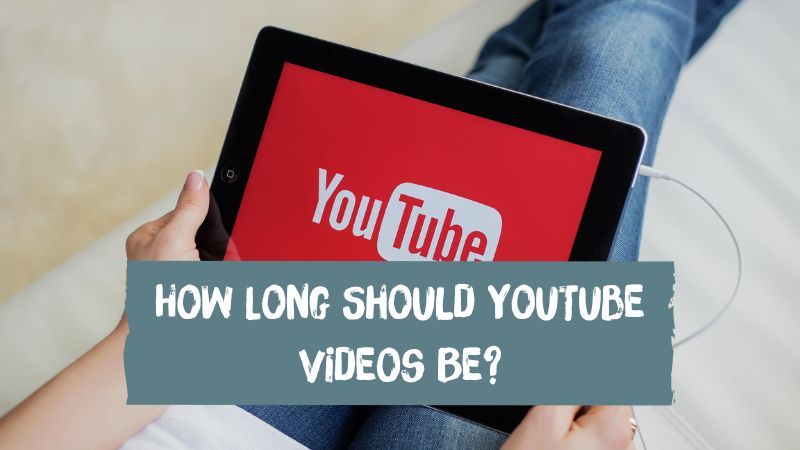How Long Should A Playlist Be
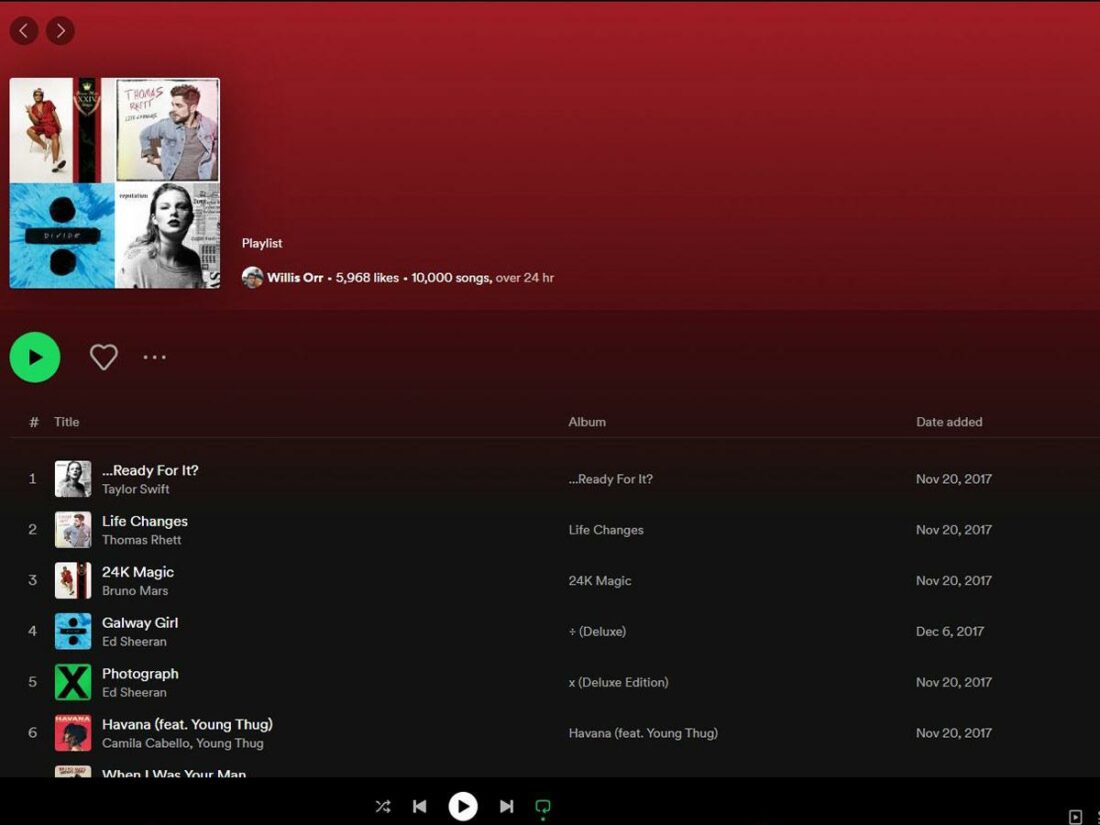
In the age of on-demand music, the humble playlist reigns supreme. It's the curated soundtrack to our lives, shaping moods and memories. But a crucial question plagues music lovers and streaming algorithms alike: how long should a playlist be? The answer, it turns out, is anything but simple, sparking debate among artists, listeners, and the platforms that connect them.
At the heart of this debate lies the ideal balance between listener engagement, artistic representation, and algorithmic efficiency. Determining the optimal length for a playlist involves navigating a complex interplay of factors, including listener attention spans, the intended purpose of the playlist, and the potential impact on artist royalties. Understanding these nuances is crucial for both playlist creators and consumers seeking to maximize their listening experience.
The Attention Span Factor
One of the most prominent arguments against excessively long playlists centers on the diminishing attention span of the modern listener. Studies suggest that our ability to focus is shrinking, making it challenging to stay engaged with a playlist that stretches for hours.
A 2015 study by Microsoft found that the average human attention span had fallen to eight seconds, shorter than that of a goldfish. While the methodology of this study has been debated, the general trend points towards a preference for shorter, more digestible content across various media formats.
Therefore, shorter playlists, perhaps spanning 30 to 60 minutes, might be more effective at maintaining listener interest and encouraging repeat listens. This approach aligns with the concept of micro-content, which emphasizes brevity and immediate gratification.
Playlist Purpose and Context
The ideal playlist length is significantly influenced by its intended purpose. A playlist designed for focused work or relaxation might benefit from being longer, providing a sustained atmosphere without requiring constant interaction.
Conversely, a playlist intended for a workout or a commute might be more effective if it's shorter and more dynamic, reflecting the shorter timeframe and the need for energetic music. According to a Spotify blog post, playlists designed for specific activities like running tend to be shorter, with an average of 15-20 songs.
Moreover, a playlist created for discovering new music might prioritize breadth over depth, incorporating a larger number of artists and genres. This can be achieved with a longer playlist, however it would still depend on the target audience.
The Artist Perspective and Royalties
The length of a playlist can have significant implications for artists, particularly in terms of royalties. Streaming platforms like Spotify and Apple Music compensate artists based on the number of streams their songs receive.
Shorter playlists, with fewer tracks, may lead to more frequent repeat listens of individual songs, potentially increasing an artist's overall stream count. Conversely, longer playlists, while offering greater exposure, may dilute the impact of individual tracks, reducing their chances of repeated plays.
Independent artists often voice concerns that the algorithmic nature of playlist curation favors established artists, whose songs are more likely to be added to popular playlists. This can create a challenging landscape for emerging artists trying to gain traction. According to a report by The Trichordist, an advocacy group for musicians, fairer distribution of royalties and increased transparency in playlist algorithms are crucial for supporting independent artists.
Platform Algorithms and User Behavior
Streaming platforms utilize sophisticated algorithms to personalize playlists and recommend music to users. These algorithms analyze user listening habits, preferences, and contextual data to curate playlists that are tailored to individual tastes.
Data from Spotify suggests that users are more likely to engage with playlists that align with their preferred genres and moods. The ideal length of a playlist, in this context, becomes a factor in optimizing user engagement and platform retention.
Furthermore, platforms often experiment with different playlist formats and lengths to determine what resonates best with their user base. This data-driven approach allows them to refine their algorithms and improve the overall listening experience.
Striking the Right Balance
Ultimately, there is no one-size-fits-all answer to the question of how long a playlist should be. The optimal length depends on a variety of factors, including listener preferences, the intended purpose of the playlist, and the desired impact on artist royalties.
A balanced approach involves considering the attention span of the modern listener, the context in which the playlist will be used, and the potential impact on artists' earnings. Creating playlists that are both engaging and equitable is crucial for fostering a thriving music ecosystem.
For playlist curators, this means carefully selecting tracks that complement each other and create a cohesive listening experience. For streaming platforms, it means providing transparent and fair compensation models that support artists of all sizes.
The Future of Playlists
As technology continues to evolve, the role of playlists in shaping our musical experiences will likely become even more pronounced. Artificial intelligence and machine learning will play an increasingly important role in curating personalized playlists that adapt to individual tastes and preferences.
We may see the emergence of dynamic playlists that automatically adjust their length and content based on real-time data, such as the listener's location, activity, and mood. This could lead to a more personalized and engaging listening experience, with playlists that seamlessly adapt to the changing needs of the user.
Looking forward, the future of playlists lies in finding a harmonious balance between algorithmic efficiency, artistic expression, and listener satisfaction. By embracing innovation and prioritizing fairness, we can ensure that playlists continue to be a powerful force in shaping the way we discover and enjoy music for years to come.
